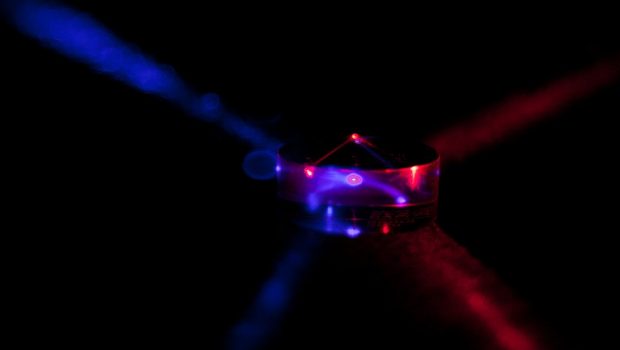A new laser technology is capable of recording 500 terabytes of data on a disk as small as a CD
A team of researchers from the University of Southampton (United Kingdom) has developed a new high speed laser writing method which can record 500 terabytes on a CD-sized silica glass disc, pick up the Institute of Engineering and Technology (England) on their website citing the study, published this Thursday in Optica magazine.
The nanostructures produced through this technology allow store five-dimensional optical data for 1 billion years. The innovative method encompasses two optical dimensions and three spatial dimensions. In this way, the new disc has a data storage capacity 10,000 times denser than that of Blu-Ray discs.
Although five-dimensional storage had been released before, in the past, data writing took too long, so putting the technology into practice was inefficient and generated high power consumption. Today, new technology can write data at the speed of a million voxels per second, that is, it is capable of registering about 230 kilobytes (or more than 100 pages of text) per second.
“While cloud storage systems are more intended to store data temporarily, we believe that our five-dimensional glass technology could serve for long-term storage in national archives, museums, libraries or private companies,” said the Principal Investigator, Yuhao Lei.
Currently, 5D silica glass discs are used by the Arch Mission Foundation, which aims to preserve the products of human culture for the next thousands or millions of years for future generations.
In 2018, one of these discs that contained vast amounts of information about humanity’s knowledge, as well as samples of human DNA, he was taken into orbit in the Falcon Heavy launch vehicle, designed and manufactured by SpaceX. Later, the fund plans to bring a disk into the orbit of each planetary body, as well as to the surface of the largest asteroids in the solar system to create ‘the backup’ of human heritage.
Disclaimer: This article is generated from the feed and not edited by our team.








Gloss